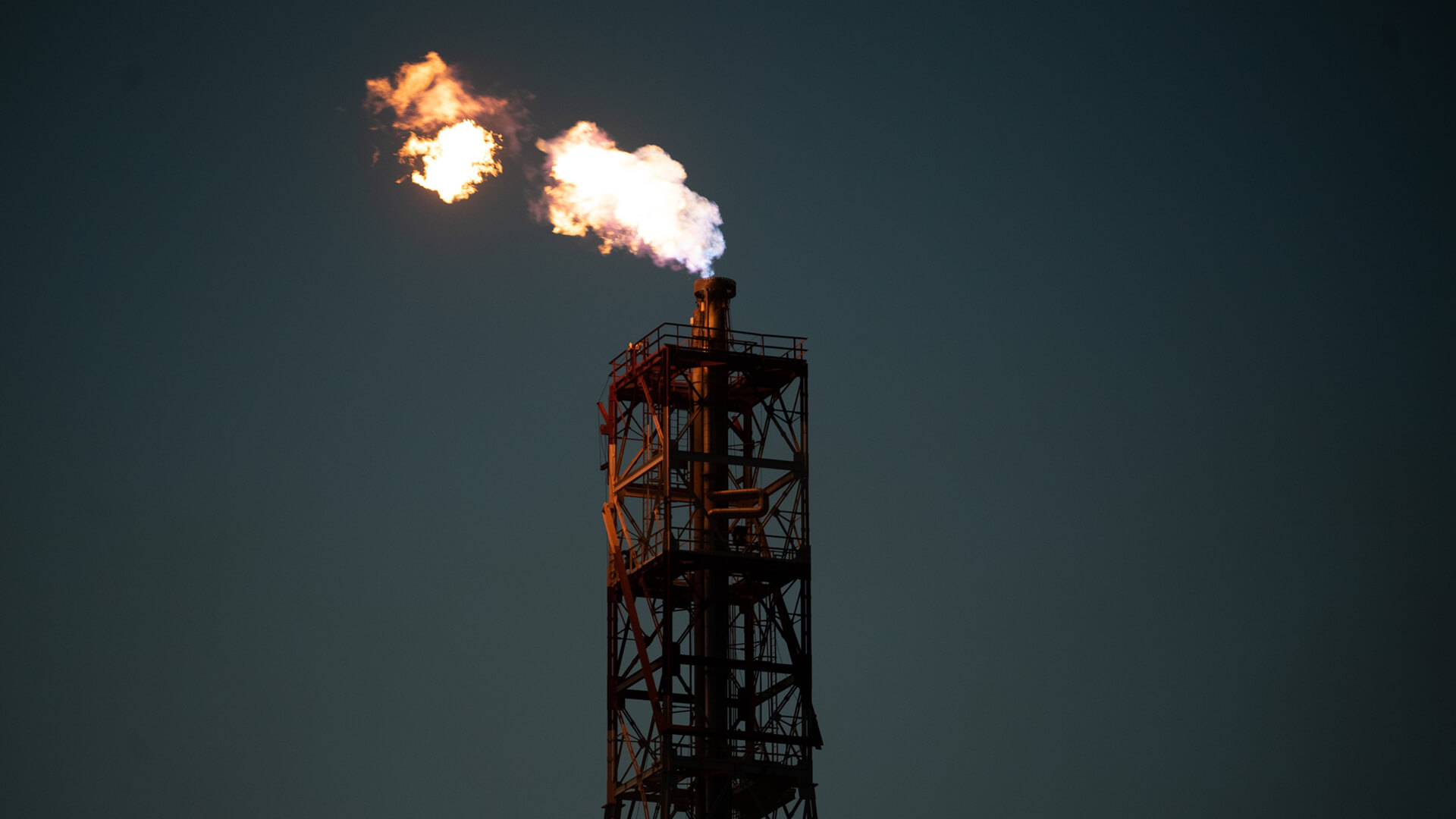The second question of the Q&A series is…if Russia is such a massive producer of oil and oil products, why are we wasting time discussing supply issues?
The Russian oil problems are best understood when compared to the American system. If you compare California and New York gas prices to those in Texas or Alabama…you might have a heart attack. Outside of the crazy taxes in CA and NY, this boils down to transportation.
Like CA or NY, most Russian oil is produced in one area, refined in another, and then needs to be shipped to its final destination. For the Russians, thousands of miles separate each of those steps. To complicate this supply chain even further, most of this stuff must be trucked into Ukraine since the Kerch Strait Bridge rail capabilities are gone.
The Ukrainians are fully aware of this shortcoming and are now focusing much of their firepower on oil transportation and infrastructure. Destroying refineries is easier said than done, so I would expect the main targets to be fuel tanks, fuel trains, and the occasional pipeline.
Prefer to read the transcript of the video? Click here
Here at Zeihan On Geopolitics we select a single charity to sponsor. We have two criteria:
First, we look across the world and use our skill sets to identify where the needs are most acute. Second, we look for an institution with preexisting networks for both materials gathering and aid distribution. That way we know every cent of our donation is not simply going directly to where help is needed most, but our donations serve as a force multiplier for a system already in existence. Then we give what we can.
Today, our chosen charity is a group called Medshare, which provides emergency medical services to communities in need, with a very heavy emphasis on locations facing acute crises. Medshare operates right in the thick of it. Until future notice, every cent we earn from every book we sell in every format through every retailer is going to Medshare’s Ukraine fund.
And then there’s you.
Our newsletters and videologues are not only free, they will always be free. We also will never share your contact information with anyone. All we ask is that if you find one of our releases in any way useful, that you make a donation to Medshare. Over one third of Ukraine’s pre-war population has either been forced from their homes, kidnapped and shipped to Russia, or is trying to survive in occupied lands. This is our way to help who we can. Please, join us.
CLICK HERE TO SUPPORT MEDSHARE’S UKRAINE FUND
CLICK HERE TO SUPPORT MEDSHARE’S EFFORTS GLOBALLY
TRANSCIPT
So, you know, Russia is this massive producer of both oil and oil products. Why do I even talk about problems with them supplying the front when it comes to fuel supplies? I mean, isn’t there plenty? Well, let’s look at this first from the American point of view.
If you live in California or New York, you know, you know, the gasoline prices are significantly higher than they are in places like Alabama or Texas. And it’s not just about where the crude comes from. It’s also about where it’s processed. So, yes, California, New York, have higher taxes, but there’s also a transport component because the stuff is produced in one area, refined in a second area, and then it has to be shipped to the third area. In the case of Russia, most of the oil production, roughly 70% of the total, is in a corridor in southwestern Siberia, specifically Tatarstan and Bashkortatastan going north all the way up to the Arctic Sea. And with the exception of Tatarstan, there are very few refineries in this area. So you have to then ship the oil by pipe several thousand miles to another location where it is turned into refined product. And the refined product has to be shipped typically over a thousand miles in order to get to the Ukrainian front. There are refineries in places like Belgorod or near Rostov on Don, which is another reason why the Ukrainians have to take those two cities out of the equation. But they’re really along that entire western periphery because they used to supply the former Soviet satellite states of Central Europe, as well as a little bit of exports to the wider world.
Now, because the Russians have lost the Kerch Strait Bridge, they can’t rail fuel to the southern front at all. And so most of this stuff has to either rail into eastern Ukraine or go by truck to everywhere else, which is one of the many reasons why the Ukrainians have been going after the truck fleet and have destroyed most of the military truck fleet at this point. Another thing to keep in mind is that this is one of the many, many reasons why the Ukrainians are putting so much time and effort developing technologies in getting equipment from the West to target oil infrastructure. And in that, fuel tanks are absolutely the best thing to go after. And cargo trains are probably number two. And then, of course, trucks are number three.
Now, you can technically target refineries. The problem is one drone or one missile or one 2,000 pound bomb is only to do so much damage. Refineries are huge. Most refineries, once you include the standoff distance, are something like three square miles and they’re this forest of columns and pipes. And yeah, throwing some explosives into that is generally frowned upon. But when you have a noncommercial grade explosive like, say, diesel or gasoline or naphtha, when you hit it with fire, yes, it burns, but it only explodes under very specific conditions. And so if you want to blow up an entire refinery, it’s going to take you a huge amount of ammo to do so. And this is one of the reasons why I always found myself talking down threats to the oil sector back in the 2000s and 2010s, when groups like Hezbollah or the Iranians or al Qaeda or the Islamic State would try to target a refinery. There’s just not a place where you hit it with a pinprick and you trigger a chain reaction. This is not the Death Star. That means the Ukrainians have to follow by the same rules here if they really want to take a refinery offline. It’s a huge amount of effort. And if they are going to target a piece of energy infrastructure, that’s not a specific pipe or fuel cell or train, the one they’re going to go after is the city of Samarra in southern Russia.
Samarra serves as a junction point for multiple pipes coming in from northern Siberia, coming to and from eastern Siberia, coming up from the Caucasus and of course, going west. Roughly 40% of Russian crude is capable of going through this nexus in addition to its refineries. Now, the Ukrainians probably do have the capacity right now to throw a drone or two into it. But again, they’re going to do dozens, if not hundreds or a lot more sabotage.
So if you are going to see something a little deeper in Russia besides what we’ve seen so far, which is kind of been in a band around that part of occupied Ukraine, what you’re going to see is the Ukrainians probably going after the pipes themselves. They won’t take things offline for very long. Pipes are easy to replace, especially in segments. But if they hit them enough, they disrupt the flows the refineries shut down. How do we know? This happened in Chechnya during the 1990s. The Grozny region used to be the third largest refining center in the entirety of the former Soviet world, and it was a significant oil producer as well. Now that’s all gone to zero, but it gives you an idea of the long, grinding attritional fight that has to happen to really take this stuff offline for good.
And so in the meantime, they go after fuel tanks. You go after fuel trains. Okay. Next question.








